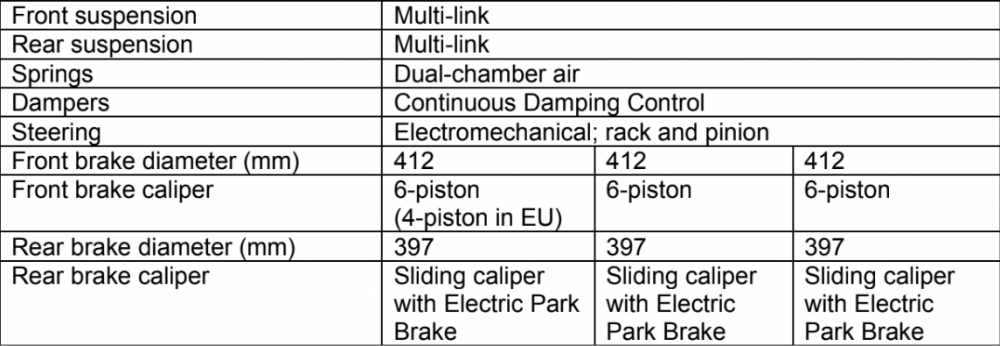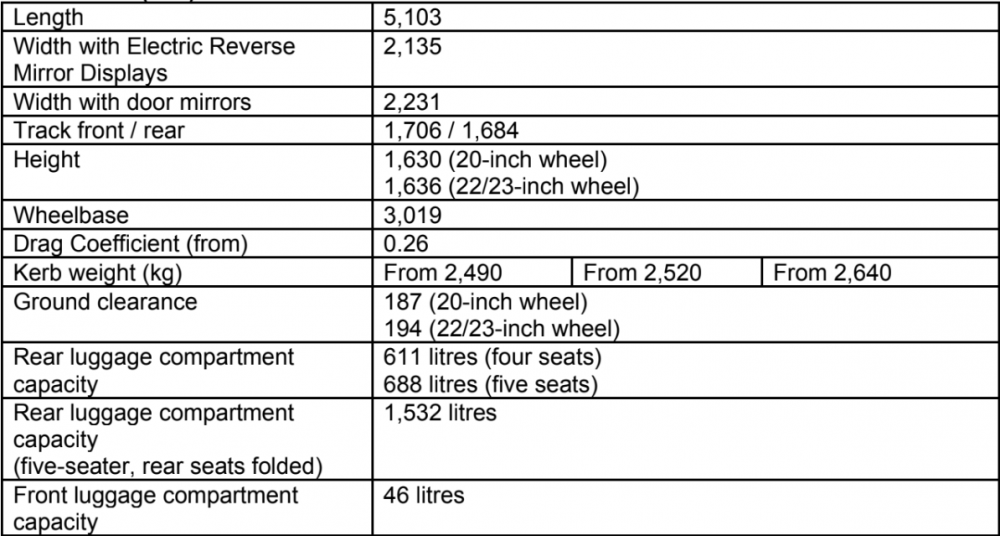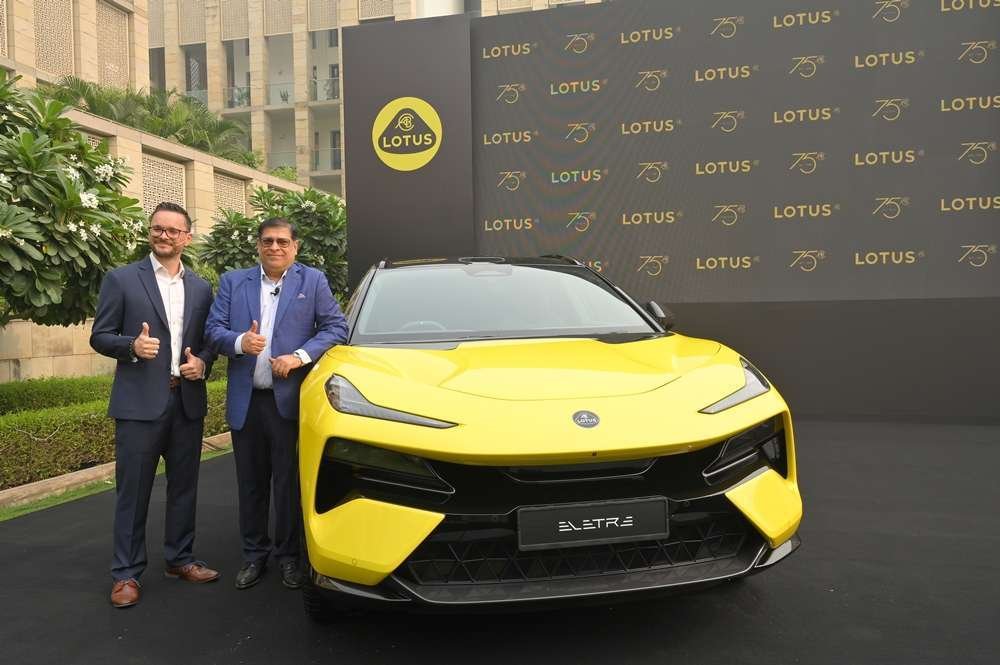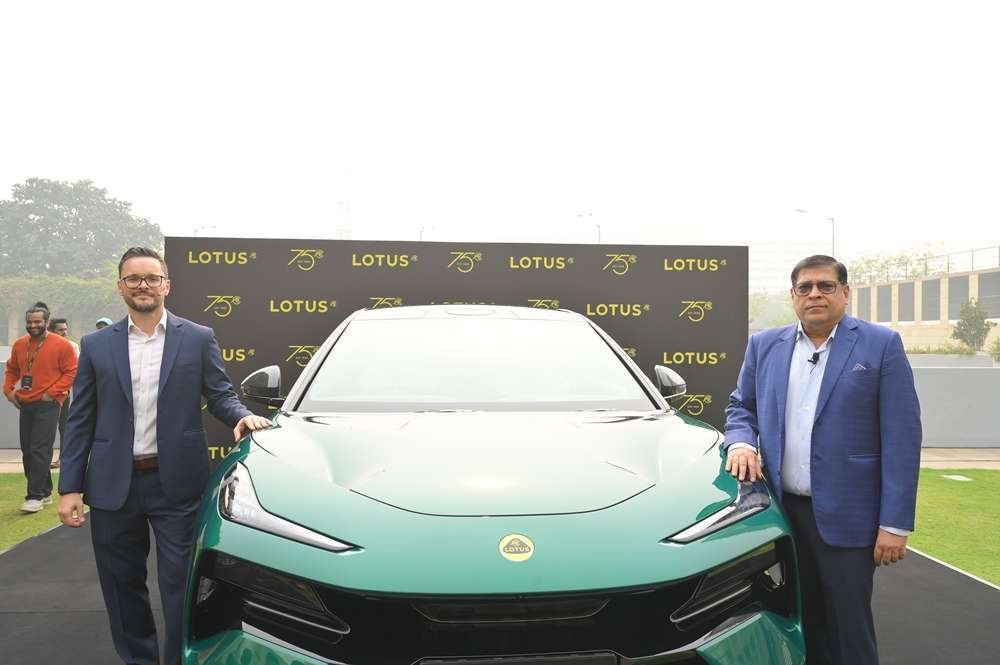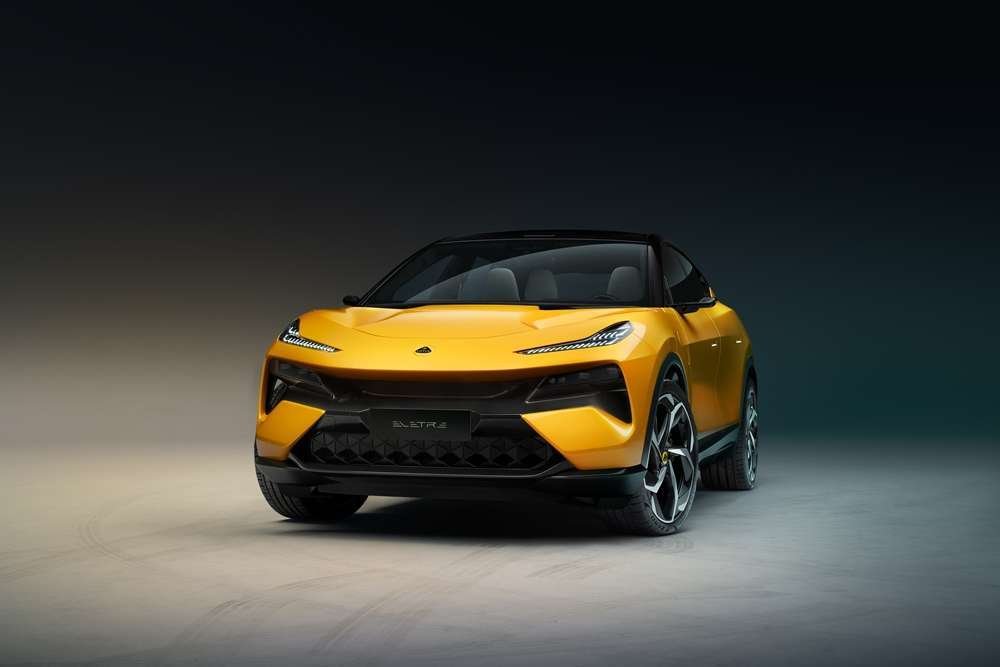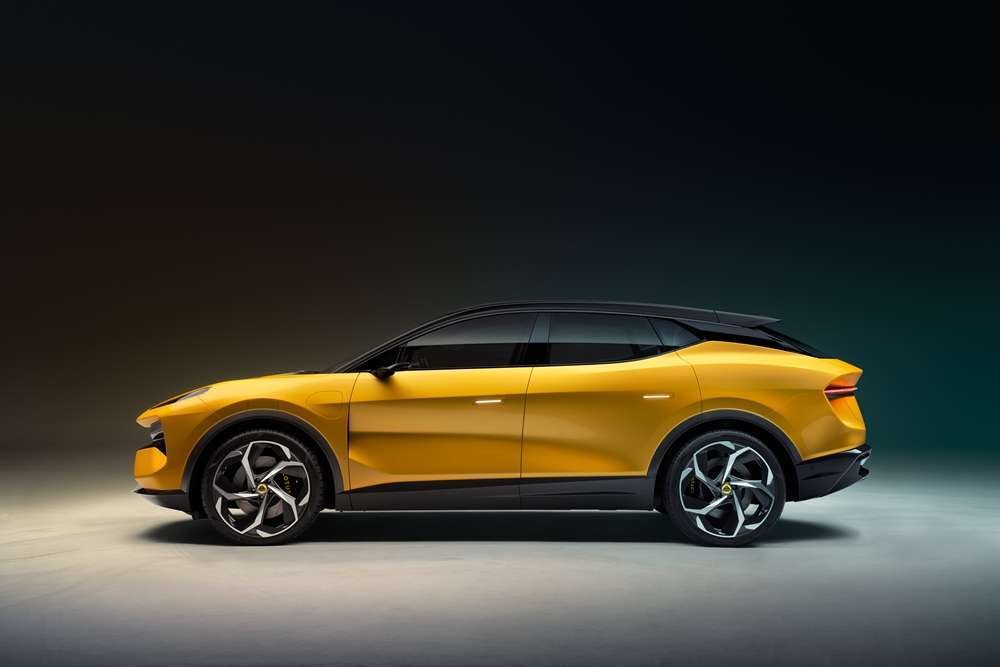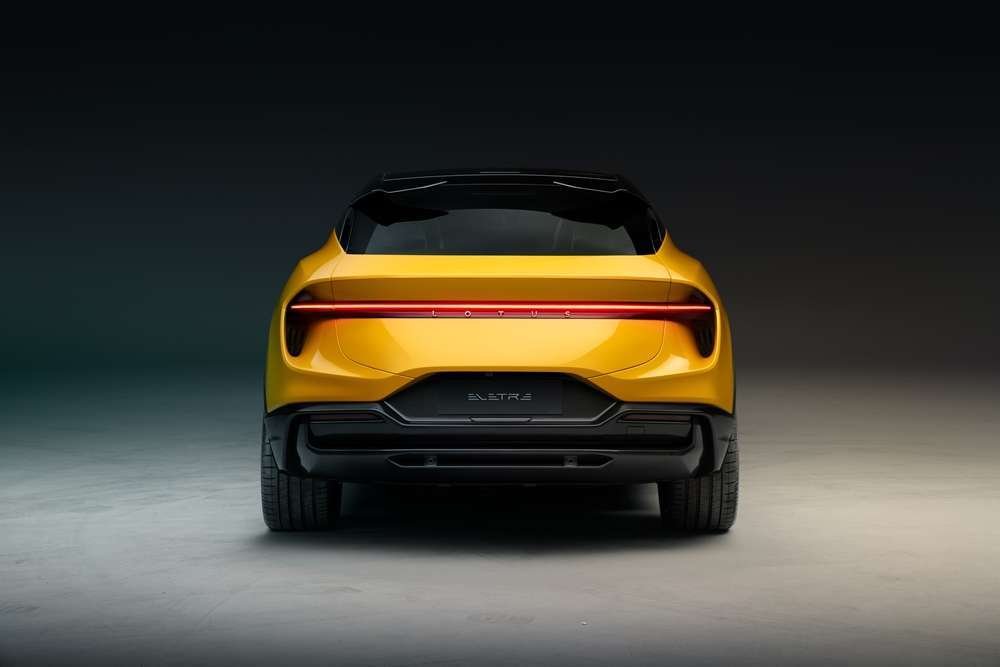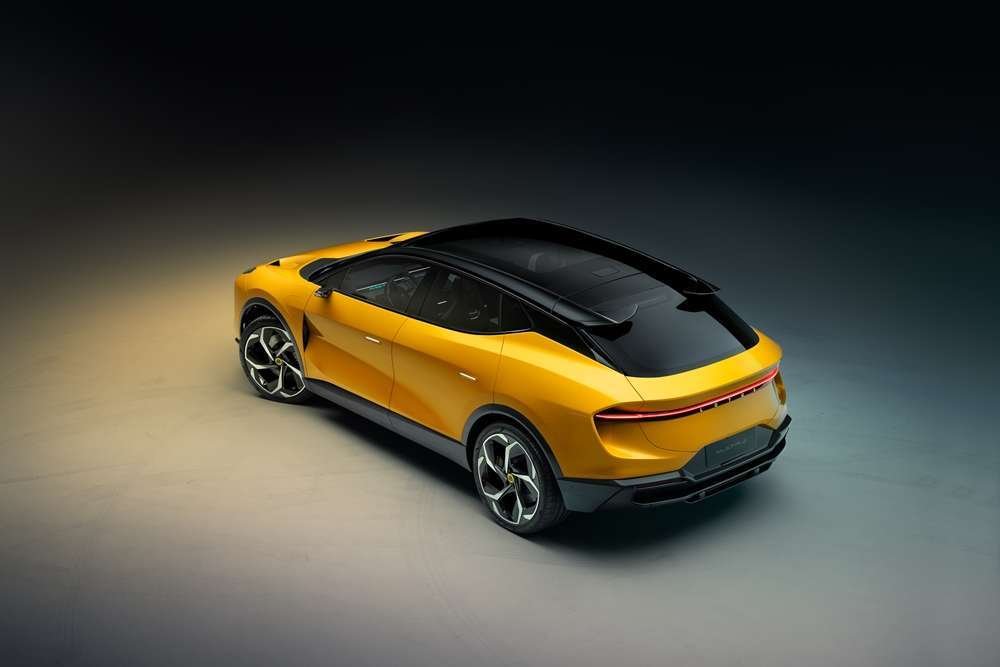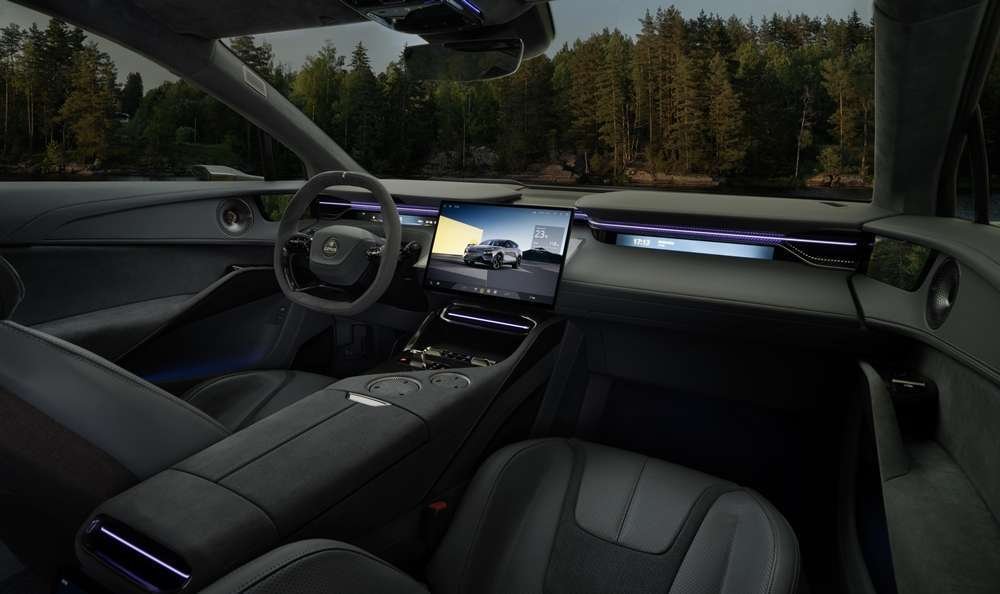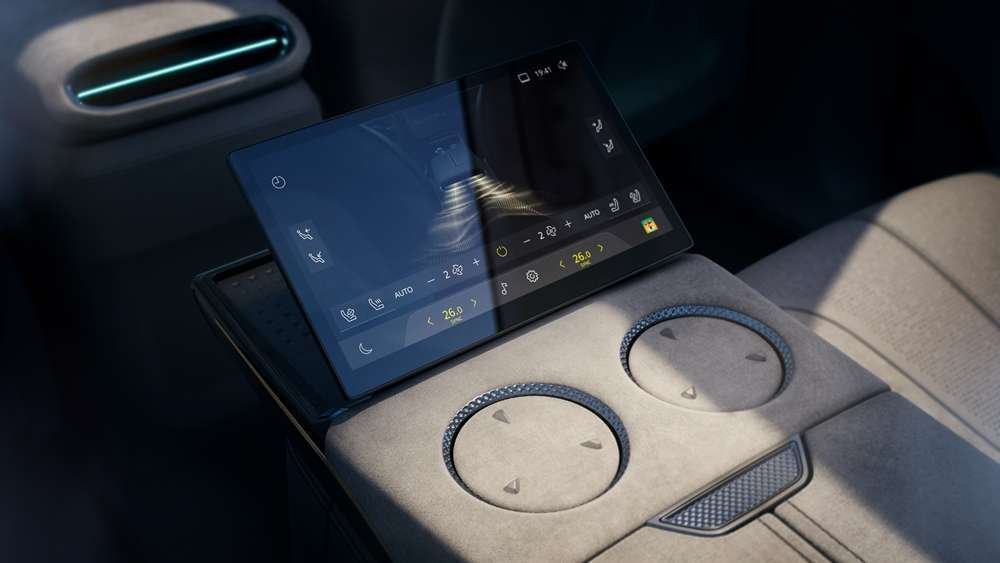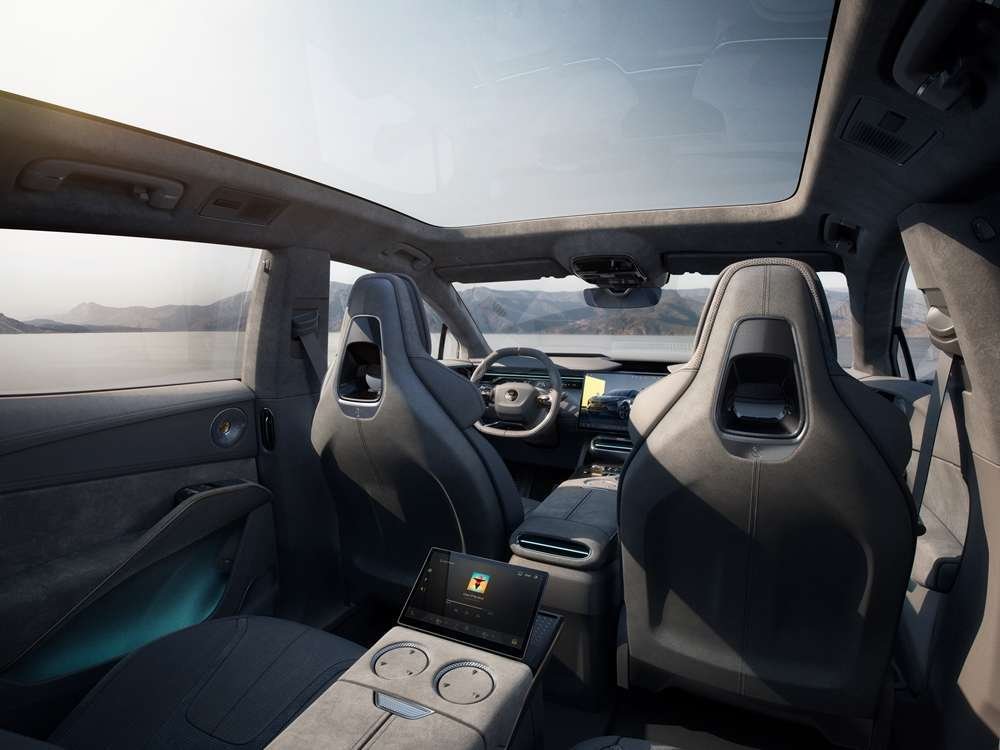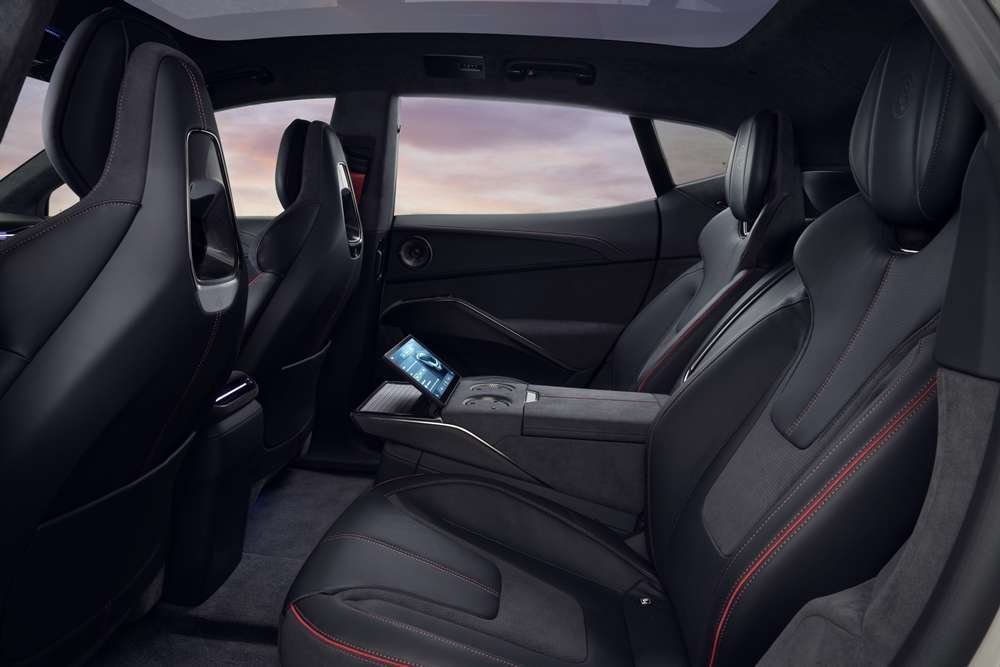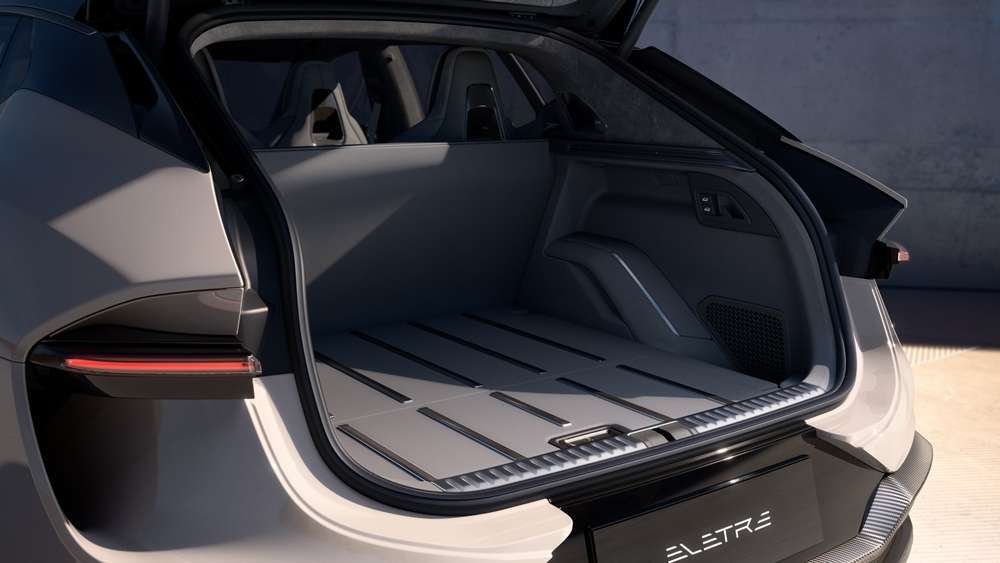Thread Starter
#1
English sportscar brand Lotus has officially entered India today with its first model being the all-electric Eletre SUV. Priced from Rs 2.55 crore, the Eletre is now the most powerful and most expensive electric SUV in the country. It is also the first model that marked the beginning of Lotus' transition into an electric-only performance car brand.
Exclusive Motors of New Delhi, which also retails Bentleys in India, will act as the retailer and distributor of Lotus cars for the rest of the country. The first showroom will open doors in Delhi in early 2024, and more showrooms across the country will follow in subsequent years.
With a cab-forward stance, a long wheelbase and very short front and rear overhangs, the Eletre looks longer, lower and sleeker than it really is. The compact bonnet echoes styling cues from Lotus’ historic mid-engined layout.
Several elements are inspired by other Lotus cars, like the sharp edges at the front, which look very similar to the Lotus Evija and Emira. The glass canopy on the top of the body is reminiscent of the Evija.
Being an EV, aerodynamic efficiency is of key importance here, to which effect air is channelled under the leading edge, emerging through two vents on the bonnet. Other places where one can see this are behind the front wheel arches, behind the rear wheels and atop the D-pillar.
At the rear, the SUV features a full-length ribbon light, which curves into the air outlets from the wheel arches – another similarity between the Emira and Evija. The light is red when the car is moving, but it can also appear orange or green, depending on the battery charge.
A carbon-fibre, three-stage deployable, split, roof-mounted spoiler is neatly integrated into the rear, which is intended to evoke race car winglets. The central part is absent to save weight – one of the several ways Lotus has tried to shed weight.
Lotus Electre SUV interior and features
On the inside, the Eletre is decidedly tech-heavy. The highlight of the cabin is the 15.1-inch landscape-oriented touchscreen infotainment system, which folds flat when not required.
The dashboard is split into two and mimics the design of the split spoiler at the rear. Below it, there is a blade of light running the full width of the dashboard. It can change colours to communicate with occupants – for instance, it will flash if a phone call is received. Below that is what Lotus calls ‘ribbon of technology’, consisting of three separate screens. Instead of a traditional instrument cluster, there is a 30mm strip on either side of the dashboard that displays key vehicle information. The third screen is the aforementioned infotainment display.
Although everything can be controlled digitally or through voice commands, certain key functions, such as the HVAC controls, have physical toggle switches. There’s also a camera in the dashboard that senses where the driver is looking and adjusts the screen brightness accordingly. For instance, the screens connected to the door ‘mirror’ cameras are at 50 percent brightness until the driver looks at them to avoid any unnecessary distraction.
A dedicated smartphone app, 5G data compatibility and over-the-air software updates are also offered. Lotus uses a sustainable material called Kvadrat on some touchpoints, and a wool-blend fabric on the seats that is 50 percent lighter than traditional leather. The SUV has a five-seat bench layout, including a split, folding rear bench.
The Eletre is underpinned by Lotus’ new Electric Premium Architecture. This bespoke structure is adaptable to suit various car segments as well as different battery sizes, electric motors, component layouts and intelligent driving technologies.
There are three different versions of the SUV available – Eletre, Eletre S and Eletre R – with the choice of two powertrains. The Eletre and Eletre S feature a 603hp dual-motor system, with a maximum range of 600km. Meanwhile, the Eletre R comes with a 905hp, dual-motor setup coupled with a 2-speed transmission and a maximum range of 490km. Torque figures are 710Nm and 985Nm respectively, and 0-100kph comes up in 4.5 seconds in the Eletre and Eletre S, and in 2.95 seconds in the top-spec R variant.
All-wheel drive and active air suspension are standard across the range. All three variants get a 112kWh battery that can charge from 10-80 percent in 20 minutes using a rapid charger. It gets a 22kWh AC charger as standard.
The Eletre is currently in a niche of its own as a performance-focused electric SUV, and does not have any direct rivals.
Autocar



